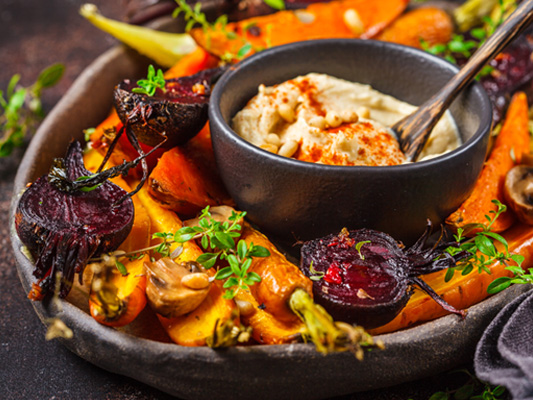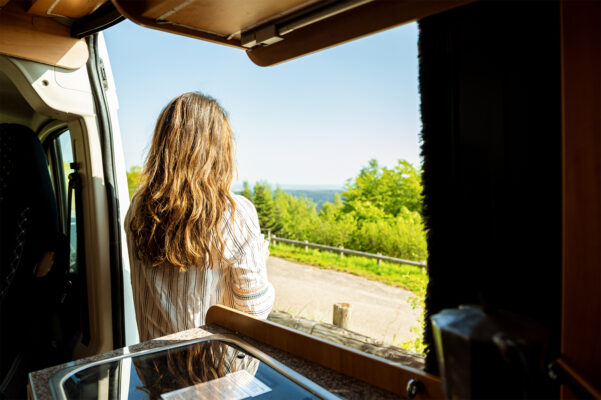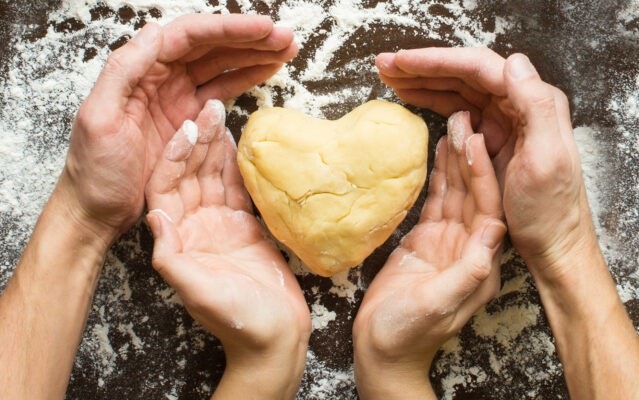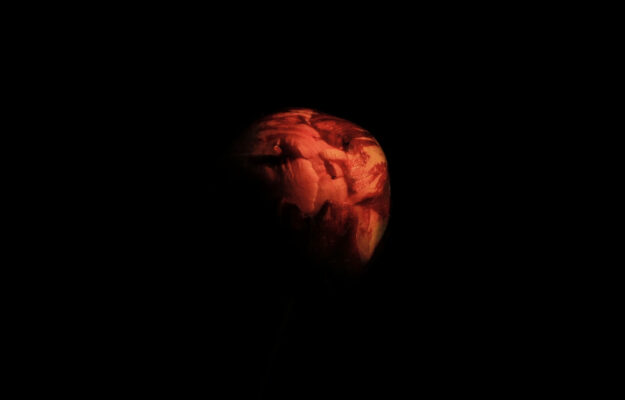🍭 The “Evil” Temptress: Kilwins and the Scent-sational Power of Aroma
Oh, let me tell you about this little shop called Kilwins in my city that has the power to stop anyone in their tracks with just one whiff! Every time I’m out and about, strolling down the street with my dogs, you know, just minding my own business, suddenly an intoxicatingly sweet aroma starts tickling my nostrils from a whole block away. Each whiff excites my taste buds and tickles my stomach.
There’s a reason I’ve nicknamed this place the “evil shop.” It’s because it casts its spell on you, whittling away your willpower with an overload of all-encompassing sensory experiences until you find yourself salivating like a Pavlov’s dog, and your tummy starts to grumble like a petulant toddler begging for a treat.
As I get closer to the source of this heavenly scent, I always try my best to avoid looking at it. I really, really try… But, oh my, the show they put up in the window is just too hard to pull my eyes away from!
Now, that’s where the real struggle begins: I try to walk past the store, telling myself I don’t need any of those sugar-loaded treats. But my senses have other plans. My eyes are glued to the shop window, where a skilled confectioner is masterfully twirling a gooey caramel ribbon like a tantalizing dance, inviting me to join the party.
And that’s when Kilwins gets you. It’s as if they’ve cast a spell on you, making it nearly impossible to resist stepping inside. I’m telling you, it takes some serious mindfulness and willpower to walk past a Kilwins shop, at least in my city. 😂 So, how do they do it? You see… it all starts with your nose.

Smell and Savor: Exploring the Connection Between Aroma and Taste
You know that saying, “You eat with your eyes first”? Well, it turns out that you also eat with your nose! The aroma of food is a key player in our overall taste perception, and it can be a powerful trigger for those mouth-hunger cravings. Ever been drawn into a bakery by the smell of freshly baked bread, or felt your stomach growl when you catch a whiff of sizzling bacon? That’s the power of aroma at work! So let’s dive into the world of scents and flavors, and explore how they come together to create a mouthwatering experience.
To understand how aroma influences taste, we first need to look at our sense of smell. When we sniff the air around a delicious dish, molecules from the food travel up our nasal passages and interact with smell receptors in our noses. These receptors then send signals to our brain, which interprets the scent and gives us a perception of the food’s flavor. This process, known as olfaction, is a crucial part of our overall taste experience, working in tandem with our taste buds to create a full, rich understanding of the flavors in our mouths.
Our preferences for certain aroma and flavor combinations can be shaped by a variety of factors, including genetics, upbringing, and cultural background. Just like with taste preferences, some people may have a natural affinity for specific scents, while others might develop a liking for certain smells through repeated exposure. For example, if you grew up in a household where cinnamon was a staple ingredient, you might find the aroma of cinnamon rolls particularly enticing.
Cultural influences also play a big role in our aroma and flavor preferences. Think about the comforting scent of warm spices in Indian cuisine, or the delicate, floral notes in a traditional Japanese tea ceremony. Each culture has its own unique palette of scents and flavors that can evoke strong memories and emotions, making certain aroma combinations particularly appealing to those who grew up with them.
The interplay of aroma and flavor combinations can sometimes be even more satisfying than the taste itself. That’s because our sense of smell is deeply connected to our emotions and memory, so a particularly enjoyable aroma can trigger feelings of happiness, nostalgia, or even comfort. This emotional connection can make our mouth hunger feel satisfied, even if we haven’t actually taken a bite of the food.

🍪 Nose Hunger Unmasked: When Our Super-Sniffer Leads Us Astray
Imagine you’re walking by your favorite bakery, and suddenly, the heavenly aroma of freshly baked bread hits your nostrils. Your mouth starts watering, and your stomach grumbles as if it’s begging for a taste. Even though you just had lunch, you feel an irresistible urge to grab a slice. What’s going on here? Welcome to the fascinating dimension of “nose hunger” or “smell hunger”!
Our sense of smell is like a superhero, working behind the scenes to make our eating experience more delightful. It has a special connection with our brain and plays a significant role in tickling our taste buds. But sometimes, this superhero can lead us to crave food even when we’re not really hungry. How does that happen? Let’s dive into the science of how our nose can trick our brain into thinking we need to eat.
You see, when you smell food, it’s like tiny, invisible chefs are sending flavorful invitations straight to your brain. These invitations land in a place called the hypothalamus, which is like a control center for hunger. The hypothalamus then sends out a red alert to your body, saying, “Food is coming! Get ready to eat!”
Next, the ghrelin hormone joins the party. It’s like a little messenger that travels from your stomach to your brain, whispering, “Hey, it’s time to eat.” When you smell food, the ghrelin gets super excited and starts running around, telling your brain to feel hungry. This sneaky hormone is responsible for making your stomach growl, even when you’ve just eaten.
Now, let’s not forget about the mind games our brain plays. When we smell food, our brain starts spinning a web of memories and emotions. It’s like our brain is telling us stories about our favorite foods, the happy family dinners we’ve had, or that amazing dessert we once tasted on vacation. These memories and emotions make us crave those foods and tempt us to eat, even if our body doesn’t need it.
So, when I walk by a bakery and feel that sudden urge to eat, I know that it’s just my nose playing tricks on me. Your superhero sense of smell is working its magic, weaving together the physiological and psychological aspects of hunger to create the fascinating phenomenon of “nose hunger” or “smell hunger.”
Now, when it comes to the delicious world of food, our nose takes center stage. You know, our taste buds are like a five-piece band – they can play sweet, salty, sour, bitter, and umami tunes, but that’s about it. When our sense of smell is compromised (say, during a nasty cold), our meals turn into a bland, flavorless affair, leaving us craving the rich symphony of flavors that only our nose can deliver. Who knew our noses could have such a powerful impact on our appetite?
Businesses do! They know just how powerful our sense of smell can be, using it to reel us in like fish on a hook. From bakeries and coffee shops to fast-food joints and even malls with that irresistible cinnamon bun aroma wafting through the air, they’re all tapping into our “nose hunger” to get our stomachs growling.
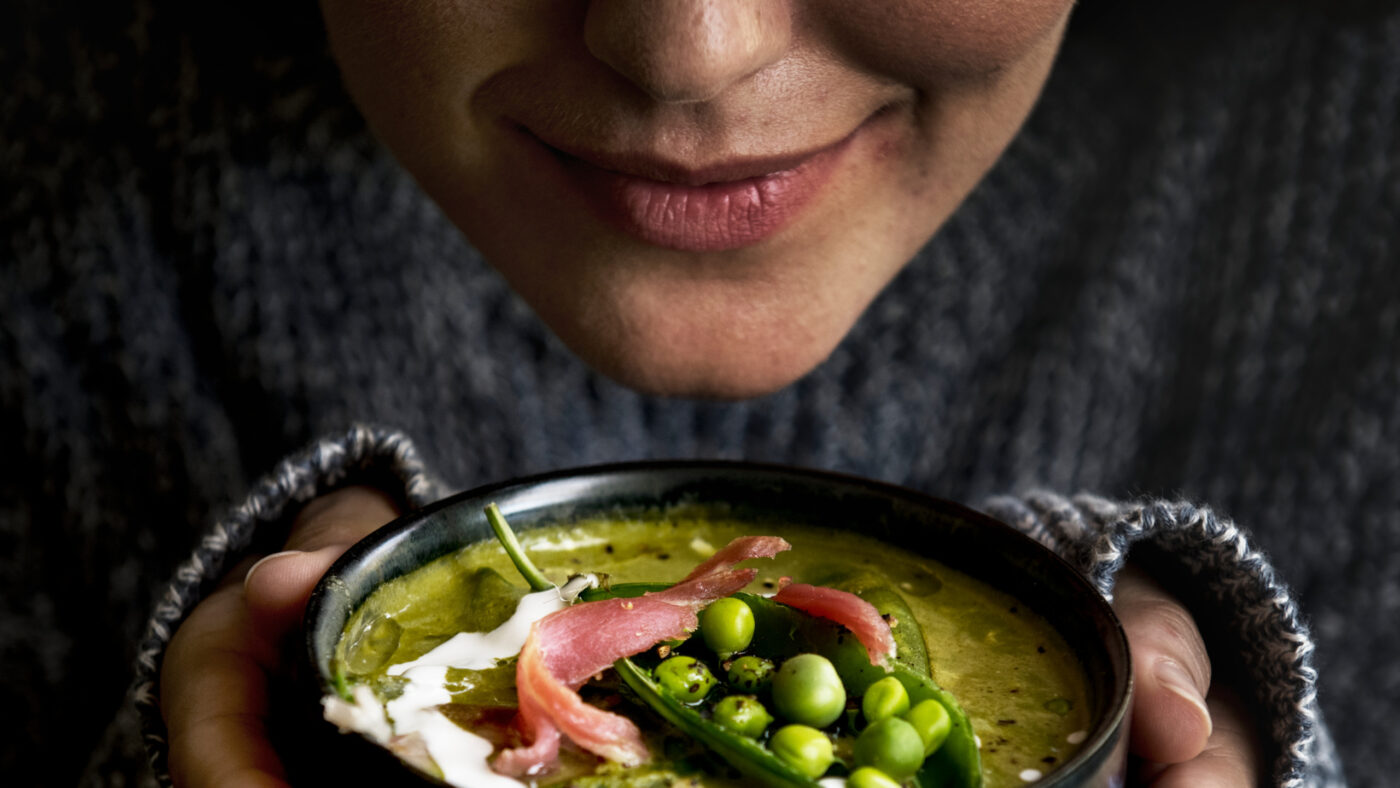
🧠 A Whiff of Nostalgia: How Our Brain Weaves Scents, Emotions, and Memories
So, let me take you back to about 20 years ago when I worked as an interior designer at a luxury furniture store. Picture this: The store had an open, fully functional kitchen right in the middle of it. And nope, it wasn’t there for the employees (they had a tiny closed room in the back with just a microwave). The main purpose of this kitchen? Drumroll, please 🥁… to bake cookies three times a day! That’s right! It was the receptionist’s job to whip up a fresh batch of chocolate chip cookies, filling the store with that heavenly aroma.
Now, why do you think the store owner did this? Well, the store owner was a master of tapping into the power of “nose hunger” or “smell hunger” to create a pleasant, inviting, and homey atmosphere for customers. That irresistible smell of freshly baked chocolate chip cookies worked its magic, conjuring up feelings of warmth, comfort, and nostalgia. Customers couldn’t help but feel at ease and welcomed, just like they were in their own home.
This cozy environment had a knack for lowering customers’ guards, making them more receptive to salespeople’s suggestions and recommendations. They’d have open, friendly conversations with salespeople, which led to a better understanding of their needs and preferences. In this relaxed atmosphere, salespeople could expertly guide customers to the right products and showcase their value. And you know what they say, there’s nothing like a friendly chat over the scent of cookies to close a deal and build trust between the customer and salesperson.

🛋️ The Smell of Success: How Businesses Use Our Nose Hunger to Boost Sales
The store owner knew that the smell of cookies could stir up fond memories and positive emotions in customers, reminding them of home, childhood, or special moments spent with family and friends. This emotional connection made shopping at the store more enjoyable and created lasting positive associations.
Creating that inviting and cozy atmosphere with the smell of freshly baked cookies also boosted the perceived value of the furniture. Customers felt like they weren’t just buying a piece of furniture, but also the cozy, comfortable feeling they experienced in the store. It made them more likely to associate the store with high-quality products and a luxurious, curated environment.
And you know what else? The delightful aroma of cookies encouraged customers to spend more time in the store, leisurely exploring the various furniture options. The longer customers stayed, the more likely they were to make a purchase or develop a stronger connection with the brand.
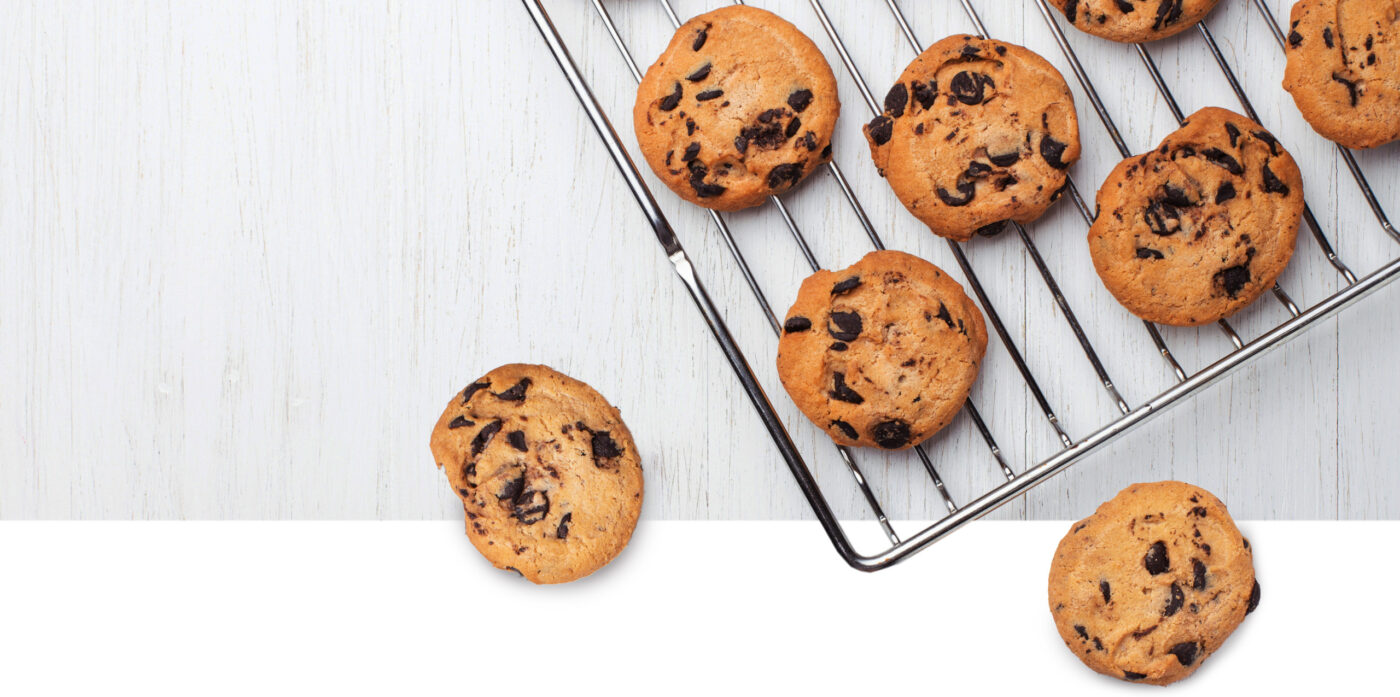
🛍️ Shop Smart, Sniff Wisely: Mindful Tips for Resisting Nose Hunger’s Siren Call
Being aware of nose hunger can help you make smarter, more conscious buying decisions based on your true needs. I’ve got a few tips for you to keep in mind the next time you hit the shops:
- Sniff out the scents: You know, those lovely smells can really impact our choices. Next time you walk into a store or place with some strong, inviting aromas, remember that these smells can spark your “nose hunger” and influence what you buy.
- Hit the pause button: Feeling the urge to buy something? Especially when you’re surrounded by tempting smells? Take a moment to pause and think about whether you really need that item, or if it’s just the sweet scent that’s winning you over.
- Plan your budget and stick with it: Before you go shopping, set a budget and make a list of what you need. This way, you’ll stay focused on your needs and won’t be swayed by “nose hunger” into making impulsive purchases.
- Be a mindful shopper: Stay present and aware of your surroundings when you’re out shopping. Notice the sensory cues around you, like smells, sounds, and visuals. Being more mindful can help you spot when “nose hunger” is trying to sneak in and influence your decisions.
- Don’t shop hungry: You know what they say – never go grocery shopping on an empty stomach! Well, the same applies to any kind of shopping. Hunger can make you more susceptible to the power of “nose hunger.” When you’re hungry, your senses are on high alert, making it more likely that enticing smells will lead you astray. So, grab a snack or have a meal before you shop to keep “nose hunger” at bay.
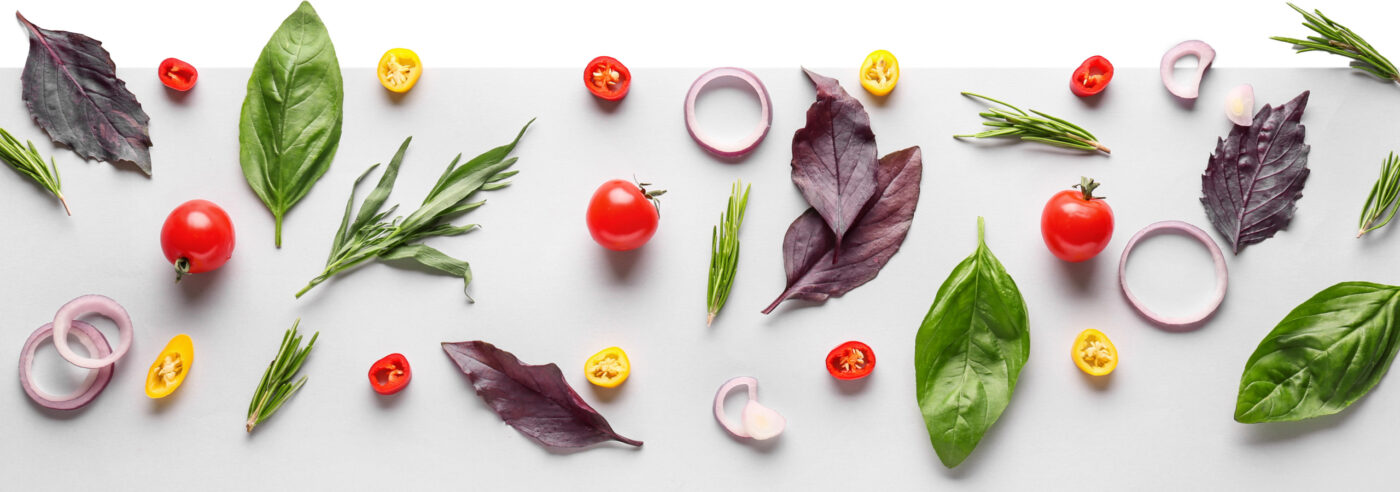
Nose hunger, or the craving for pleasurable scents, is satisfied by the wonderful world of fragrances that tantalize our senses and awaken our appreciation for the aromas that surround us. It’s a deep-rooted desire for the sensory pleasure that comes from inhaling delightful, complex, and evocative smells. These fragrances can transport us to another time or place, evoke cherished memories, or simply make us feel more connected to our environment.
Satisfying nose hunger requires us to be mindful of the scents we encounter daily, whether they’re wafting from the kitchen as we cook, or drifting through the air on a leisurely stroll through a flower-filled park. By tuning into these fragrances and truly experiencing them, we can nourish our nose hunger and deepen our connection to the world around us. So, take the time to stop and smell the roses (literally!)—and let the fragrances of life nourish your nose hunger, creating a richer, more flavorful sensory experience.

PRACTICES
✧ Practice 1
Nourishing Scent-scape
Here’s a lovely, gentle meditation that focuses on breath and smell. As you breathe, stay aware of the changing scents during your in-breath and out-breath. It’s a bit trickier than other meditations that focus on things like sound or touch, but that’s part of the fun!
To start, pick a place where the scent is pretty obvious. Maybe it’s a meditation room with incense or a mall filled with the aroma of cinnamon buns. If your sniffer isn’t the best, try meditating on smells at a food court or in your space at home when someone’s cooking up a storm.
Once you’re comfortable with meditating on noticeable smells, take it outside, ideally at night when visual distractions are minimal.
Now for something a little wild: picture yourself in a world (maybe even after death) where you don’t have a body, only sensory input and consciousness. In this world, you’re nourished exclusively by scent. “Feed” yourself by placing something fragrant, like a bit of vanilla, almond extract, or spices like nutmeg or cinnamon, in a small bowl or cup. Inhale the aroma and vividly imagine it nourishing you.
What do you notice? Are there any changes in your body, emotions, or thoughts as you inhale?
Feel free to try this with incense, flowers, or aromatic herbs like lavender.
✧ Practice 2
Mix and Mingle: A Scent Exploration
This practice invites you to create an aromatic collage with a diverse selection of fragrances. Start by gathering a variety of aroma-rich goodies like fruits, spices, herbs, essential oils, or even perfumes. Arrange them in a sequence that intrigues you, just like assembling a captivating art piece.
Find a quiet, comfy place to sit and take a few deep breaths to get in the zone. Pick up the first item and breathe in its aroma deeply. Focus on the scent’s complexity, intensity, and the feelings it sparks within you.
Move on to the next item and continue your aromatic exploration, savoring each scent. After you’ve sniffed your way through the assortment, close your eyes and mentally revisit each fragrance, recalling their unique characteristics.
Open your eyes and rearrange the order, creating new scent combinations to see how the experience changes. By the end of this fragrant adventure, you’ll have a newfound appreciation for the power and variety of scents and their impact on your emotions and experiences.
MINDFUL COOKING 💫 MINDFUL EATING PRACTICES
✧ Practice 3
Multilayered Scent Experience
This exercise lets you explore and appreciate the scents released during the cooking process by mindfully layering aromas like a maestro.
First, pick a recipe that features a variety of aromatic ingredients—think herbs, spices, garlic, or onions. As you prep the ingredients, pause to appreciate the unique aroma of each one. Breathe in deeply and try to identify the different scents mingling within.
Now, start cooking! Add ingredients one at a time, giving each aroma time to blossom before introducing the next. Observe how the scents change and blend together like a choreographed dance.
Pay attention to the progression of the cooking process, noticing how each individual scent contributes to the overall fragrance of the dish. After finishing the meal, take a moment to appreciate the final aroma and how the mindful layering of scents enhanced your cooking experience.
✧ Practice 4
Cook Up Some Scent-sational Pairings
This exercise encourages you to experiment with scent pairings in cooking to create unique, harmonious flavors and aromas.
Choose a recipe that’s ripe for customization or improvisation, like a stir-fry, pasta sauce, or soup. Research and select a few aromatic ingredients that play well together, such as a combination of herbs, spices, or aromatic veggies.
As you prep the ingredients, take a moment to appreciate the unique aroma of each one. Breathe in deeply and imagine how the different scents will harmonize when combined in your culinary creation.
Whip up the dish, adding your chosen scent pairings and observing how the aromas meld together to create a unique fragrance. After finishing the meal, take a moment to appreciate the final aroma and flavor of the dish, reflecting on the role of the scent pairings in creating a satisfying sensory experience.
✧ Practice 5
Tantalizing Techniques for Aromatic Cooking
This exercise focuses on incorporating various cooking techniques to enhance the aromas in your dishes and nourish your “nose hunger.”
Choose a recipe that involves aromatic ingredients and different cooking techniques, such as sautéing, roasting, or grilling. As you prep the ingredients, pay attention to the aroma of each one in its raw state.
Cook the dish using the chosen techniques, observing how each method enhances the aroma of the ingredients. For example, notice how sautéing onions releases a sweet, caramelized scent, or how roasting herbs intensifies their fragrance.
As you progress through the cooking process, take moments to pause and deeply inhale the evolving aromas. Be mindful of the sensory pleasure these scents bring.
After finishing the meal, take a moment to appreciate the final aroma and how the chosen cooking techniques contributed to a rich, satisfying scent experience.
✧ Practice 6
Embrace Your Nose Hunger
Fair warning: this exercise might not be the best idea when you’re dining with fancy folks (unless you’re secretly trying to make them leave). Save it for when you’re alone or with a buddy who’s cool with your quirky ways.
Before diving into your meal, take a moment to appreciate the aroma. Don’t go burying your face in your plate, though! Instead, lift the dish or food item towards your nose and inhale like you’re a sommelier sniffing fine wine. Do this a few times, challenging yourself to identify as many scent elements as possible. You can even pretend you’re on a mission to guess the ingredients or describe the smell in detail.
As you eat, stay tuned into the world of smell (a.k.a. taste). While chewing, observe if the taste is more intense during your in-breath or out-breath, or if it changes throughout.
Once you’ve polished off your meal, chill out for a bit and pay attention to the lingering flavors in your mouth. Ask yourself, if you had to wait until you couldn’t taste the last bite anymore before digging in again, how long would that take? Give it a try and see what you discover!

As you practice nourishing your nose hunger, you may notice a shift in how you perceive and appreciate the world of scents. You’ll become more attuned to the fragrances around you and might even find yourself picking up on subtle scents you never noticed before. Embracing your nose hunger can help deepen your sensory experience and enhance your connection to the environment, food, and the people around you.
By being mindful of the scents that surround you and actively seeking out opportunities to nourish your nose hunger, you’ll not only develop a greater appreciation for the complexity and beauty of fragrances, but you’ll also enrich your life with a newfound sensory dimension.
Taking the time to stop and smell the roses is more than just a cliché—it’s a reminder to slow down, be present, and truly experience the world through our sense of smell. After all, there’s a whole world of delightful, complex, and evocative scents just waiting to be discovered, so why not take a moment to indulge your nose hunger and embark on a sensory adventure?
Be Alive 🌱
Love ❤️, Julia
Mindful Eating 🥢
Mindful Eating Meditation
GUIDED MEDITATIONS 💗
DISCLAIMER: The materials and the information contained on the Positive Pranic website are provided for general and educational purposes only and do not constitute any legal, medical, or other professional advice on any subject matter. None of the information on our videos is a substitute for a diagnosis and treatment by your health professional. Always seek the advice of your physician or other qualified health providers prior to starting any new diet or treatment and with any questions you may have regarding a medical condition. If you have or suspect that you have a medical problem, promptly contact your health care provider.



